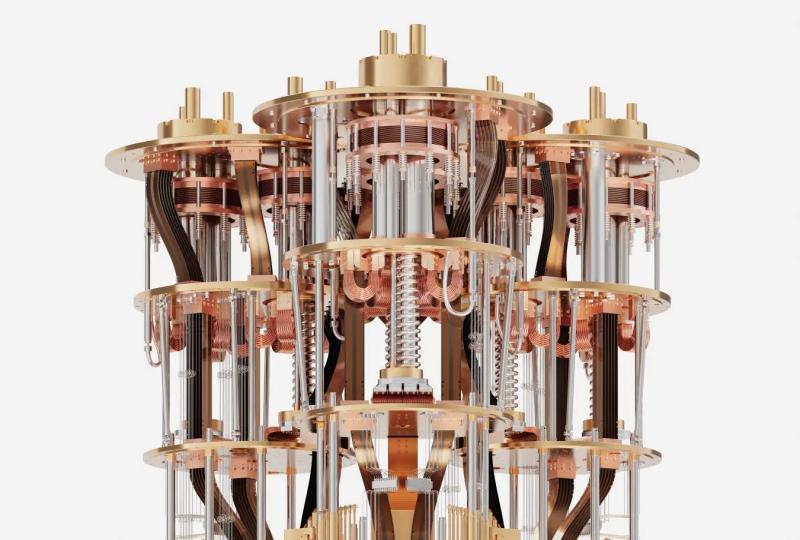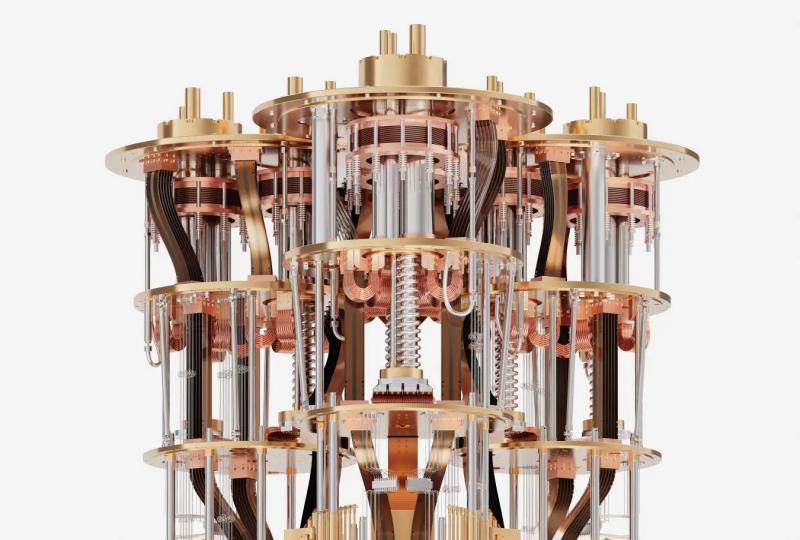Topological Superconductor – Theory, Materials, and Applications
2025.08.18 · Blog Topological Superconductor
Introduction: What Is a Topological Superconductor?
A topological superconductor is a special type of superconductor that combines the zero-resistance property of superconductivity with the unique topological properties of matter. In these materials, the superconducting state is not just defined by the pairing of electrons into Cooper pairs but also by a topological order that protects certain quantum states on their surface or edges.
One of the most exciting predictions about topological superconductors is that they can host Majorana zero modes—quasiparticles that are their own antiparticles. These exotic states could form the basis for fault-tolerant quantum computers because they are naturally protected from local sources of decoherence.
-
Background: From Superconductors to Topological Materials
1.1 Superconductors
Discovered in 1911, superconductors allow electrical current to flow with zero resistance below a certain critical temperature (Tc). The standard theory, BCS theory, explains superconductivity as the pairing of electrons into Cooper pairs mediated by lattice vibrations.
1.2 Topological Materials
Topological materials, such as topological insulators, are defined by global properties of their electronic band structure. They have insulating interiors but conductive edge or surface states that are robust against disorder.
1.3 The Merge
A topological superconductor emerges when a superconducting gap forms in a system that already has nontrivial topological properties. This combination leads to new physics—most notably, the appearance of topologically protected edge states.
-
Theoretical Foundation of Topological Superconductivity
2.1 Topological Order
Topological superconductors are characterized by topological invariants—quantities that remain constant unless the system undergoes a phase transition.
2.2 Majorana Fermions
In certain topological superconductors, the edge or vortex states correspond to Majorana fermions:
-
Self-conjugate: A particle that is its own antiparticle.
-
Non-Abelian statistics: Exchanging two Majorana modes changes the system’s quantum state in a way dependent on the order of exchange.
-
Quantum computing potential: Non-Abelian statistics allow topological qubits that are resistant to many types of errors.
2.3 Symmetry Classes
According to the Altland-Zirnbauer classification, topological superconductors can be grouped by time-reversal, particle-hole, and chiral symmetries. For example:
-
Class D: Supports Majorana zero modes.
-
Class DIII: Time-reversal invariant, with helical Majorana states.
-
Realizing Topological Superconductors
3.1 Intrinsic Topological Superconductors
These materials are superconducting in their natural state and have a nontrivial band topology. Examples include:
-
Cu-intercalated Bi₂Se₃ (CuₓBi₂Se₃)
-
Fe-based superconductors like FeTe₀.₅Se₀.₅
3.2 Proximity-Induced Topological Superconductors
Superconductivity is induced in a topological insulator or semiconductor nanowire by placing it in contact with a conventional s-wave superconductor.
-
Semiconductor nanowires with strong spin-orbit coupling (InSb, InAs) + Al/Nb superconductors.
-
2D materials like monolayer WTe₂.
3.3 Magnetic Atom Chains on Superconductors
Placing chains of magnetic atoms on a superconductor can lead to localized Majorana modes at the chain ends.
-
Experimental Signatures
4.1 Zero-Bias Conductance Peak
A sharp peak at zero bias in tunneling spectroscopy is a hallmark of Majorana zero modes.
4.2 Fractional Josephson Effect
The Josephson current in a junction of topological superconductors can have 4π periodicity instead of the usual 2π.
4.3 Spin-Resolved Measurements
Spin-polarized scanning tunneling microscopy can probe the spin structure of edge states.
-
Applications of Topological Superconductors
5.1 Topological Quantum Computing
-
Majorana-based qubits are inherently fault-tolerant due to topological protection.
-
Quantum gates can be implemented by braiding Majorana modes.
5.2 Quantum Memory
Stable quantum states stored in Majorana modes can resist local noise for longer times.
5.3 Novel Electronics
Possible applications in ultra-low-power electronics and spintronics.
-
Challenges in Topological Superconductor Research
-
Material synthesis: Achieving clean, defect-free samples.
-
Detection ambiguity: Some experimental signatures can be mimicked by non-topological effects.
-
Scalability: Engineering systems with many controllable Majorana modes.
-
Temperature constraints: Most candidate systems require cryogenic conditions.
-
Topological Superconductors and SpinQ Technology
While SpinQ Technology focuses on NMR and superconducting quantum computers, the principles of topological superconductivity are relevant to future fault-tolerant quantum architectures. Potential connections include:
-
Superconducting qubits with topological protection.
-
Integration of Majorana-based elements into hybrid quantum processors.
-
Exploring topologically protected gates for reduced error rates.
SpinQ’s superconducting systems could, in the future, serve as a testing ground for hybrid architectures combining conventional superconducting qubits with topological components.
-
Future Outlook
8.1 Material Discovery
Machine learning and high-throughput computation may identify new topological superconductor candidates.
8.2 Room-Temperature Operation
Although currently far from reach, room-temperature topological superconductors would revolutionize electronics and quantum computing.
8.3 Large-Scale Topological Quantum Computers
If scalable arrays of Majorana qubits become feasible, they could provide the fault-tolerance needed for practical quantum computing.
Conclusion
Topological superconductors are at the cutting edge of condensed matter physics, blending the worlds of superconductivity and topology to create exotic states of matter with remarkable properties. The potential to host Majorana zero modes makes them one of the most promising routes toward fault-tolerant quantum computing.
Although many technical challenges remain, ongoing research in materials science, device engineering, and quantum information theory is rapidly advancing the field. As companies like SpinQ Technology explore advanced superconducting architectures, the integration of topological protection into quantum hardware could mark a decisive step toward building robust, scalable quantum computers.
Featured Content






